Best Roman Dishes to Eat in Rome

Rome is a city rich in history. A vacation to the Eternal City isn’t complete without a culinary immersion in addition to the monuments, temples, and churches. The city’s cuisine is more than a delectable experience; it’s also a study in Roman history.
The popular statement “Gioved gnocchi, Venerd pesce, Sabato trippa” is a nice example (Thursday gnocchi, Friday fish, Saturday tripe). It began during the postwar rationing period, when Italians were forced to be inventive when it came to eating. Many of today’s excellent and popular meals have their roots in difficult times. The Romans place a high emphasis on local products and ingredients, maybe as a kind of historical and cultural preservation.

We recommend avoiding eateries around the city’s big tourist sites, such as the Colosseum, the Trevi Fountain, or Piazza Navona, to ensure that your eating experience is as authentic as possible. This isn’t to say that you won’t find fantastic restaurants in these regions; it just means that you’ll probably be eating more typical cuisines at tourist pricing.
If you include the Testaccio region in your schedule, you will eat like a Roman. This is where many of the city’s most popular meals started. Also, pay a visit to the Trastevere area, which has a plethora of eateries serving authentic food and unique recipes. Because Trastevere is more popular with visitors, dining there is a little more expensive but of higher quality.
Another useful tip is to eat as the Romans did. Breakfast is served from 6 a.m. to 9 a.m. Then, around 11:00 p.m., you can have an aperitif, which is a drink served with small bites. Lunch is served from 12 p.m. to 14 p.m., while supper is served from 20 p.m. to 21 p.m. Around 18h00, another aperitif is customary between the two meals.
Traditional Rome Dishes
Trapizzino
Is it a pizza in the shape of a sandwich or a pizza in the shape of a sandwich? When in doubt, order both, or better yet, the Trapizzino, a snack that is half tramezzino and half pizza. The base is a white pizza that can be loaded with a variety of typical Italian dishes such as chicken cacciatore, meatballs, and tongue in salsa verde.
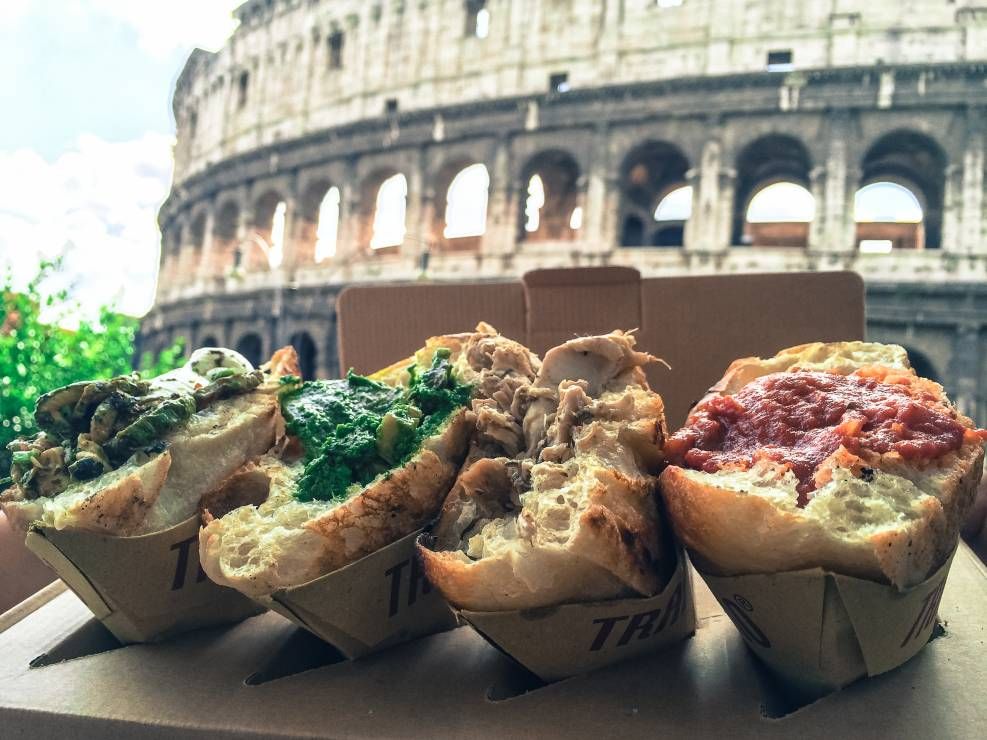
Pizza al taglio
A “different kind” of pizza, rectangular in shape, served in pieces (taglios), sold by weight, and eaten at the counter or while walking along the street, is a traditional Rome meal. Pizza al Taglio is a popular meal in Rome, thanks to its range of tastes and low price. It can be found all throughout the city. Pizza Bianca, a rectangular pizza sold by the kilo and usually without toppings, only olive oil and salt, is another gourmet treasure of the Italian metropolis.
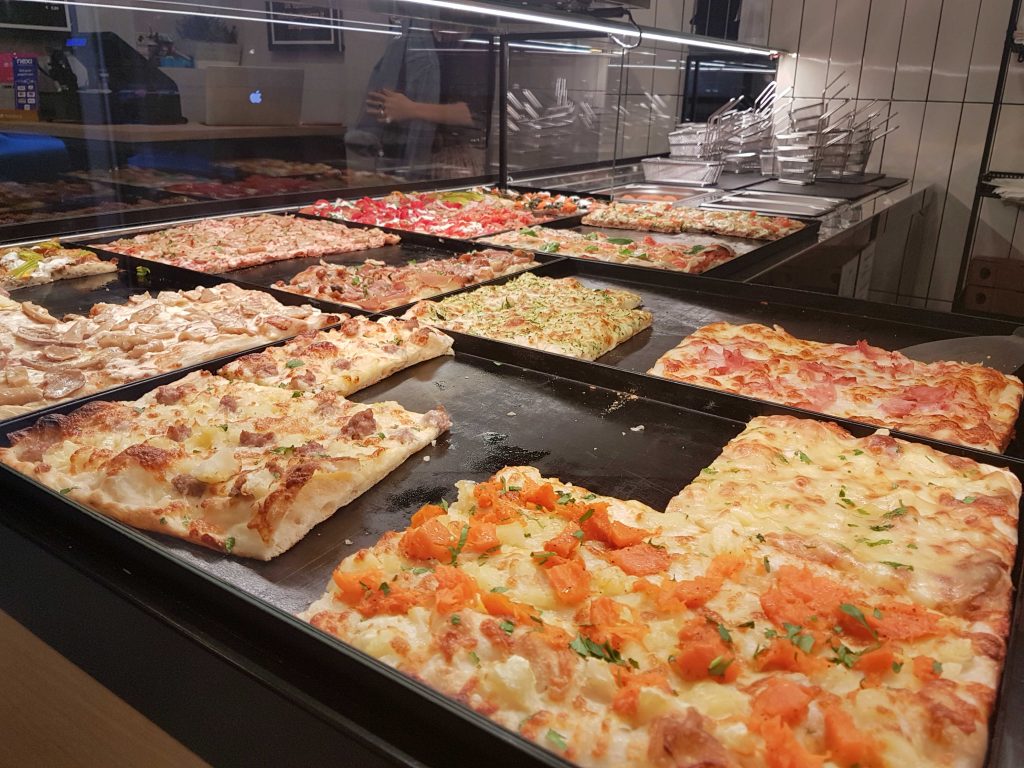
Cacio e pepe
It appears to be a simple recipe based on the number of ingredients (pecorino cheese, black pepper, and pasta), but it requires a great deal of skill to prepare. To obtain the dish’s signature creaminess, know the temperature at which the pasta is cooked, as well as the appropriate amount of cheese, and then grind the pepper right on the spot to release the smells. Long pasta, such as tonnarelli and spaghetti, are also recommended for the best texture.
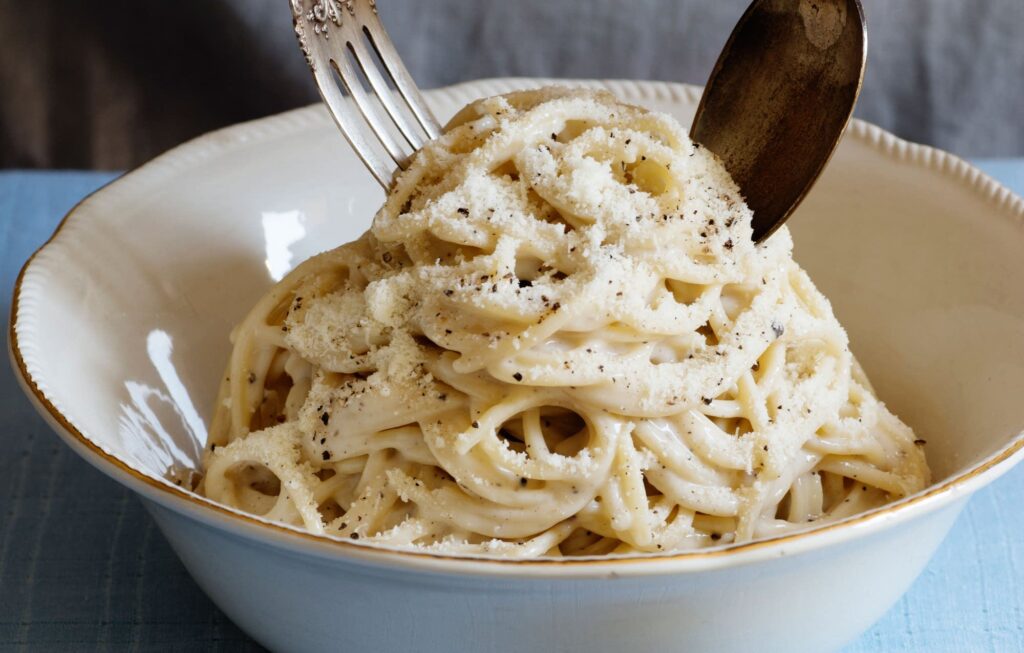
Carbonara
Carbonara Day is celebrated on April 6th, a day dedicated to this classic Roman cuisine. Experts debate the dish’s origins on this date – there is still no consensus on the matter – while cooks share their creations. Spaghetti or rigatoni with guanciale (pork cheek), pecorino cheese, egg yolk, and olive oil are the traditional ingredients.
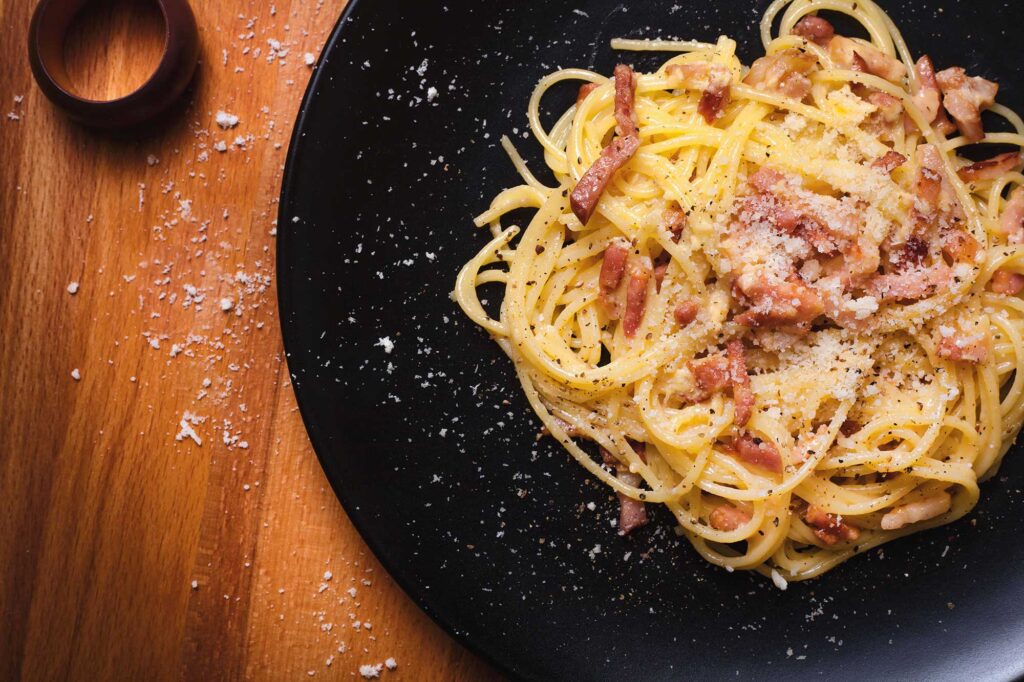
Coda alla vaccinara
Pastas and pizzas are only a small part of Italian food. Coda alla Vaccinara, an oxtail stew cooked with vegetables and herbs, is another famous Rome dish. The dish’s name is derived from the tanneries of Regola, a Rome district where the recipe originated.
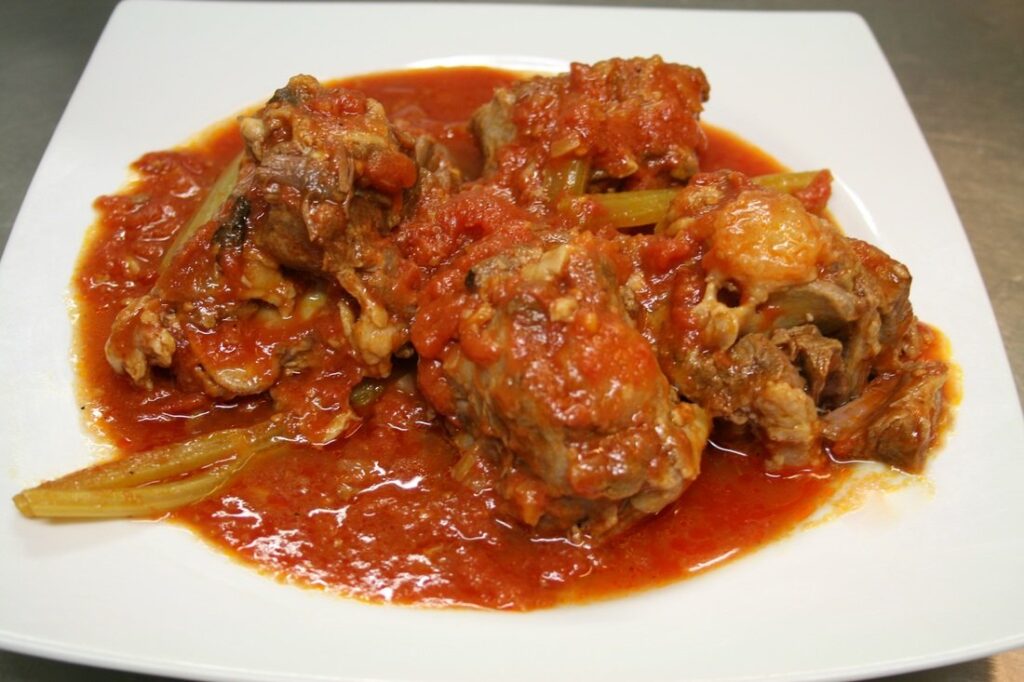
Pasta all’Amatriciana
Pasta all’Amatriciana, made with bucatini pasta (which resembles a straw), guanciale (pork cheek), tomatoes, pecorino cheese, and fresh pepper, is one of Rome’s most famous dishes. This meal, according to experts, is derived from Pasta alla Gricia, which is made with the same ingredients minus tomatoes.
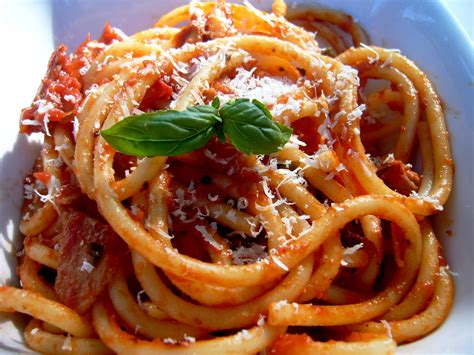
Supplí
A fried risotto dumpling filled with tomato sauce, cheese, or meat is one of Rome’s most wonderful treats. Supplí is a French word that means “surprise,” and it refers to the tasty and surprising filling. Supplí al Telefono is another name for this tasty snack. The reason is delectable: when melted cheese is cut in half, it extends like a telephone wire.
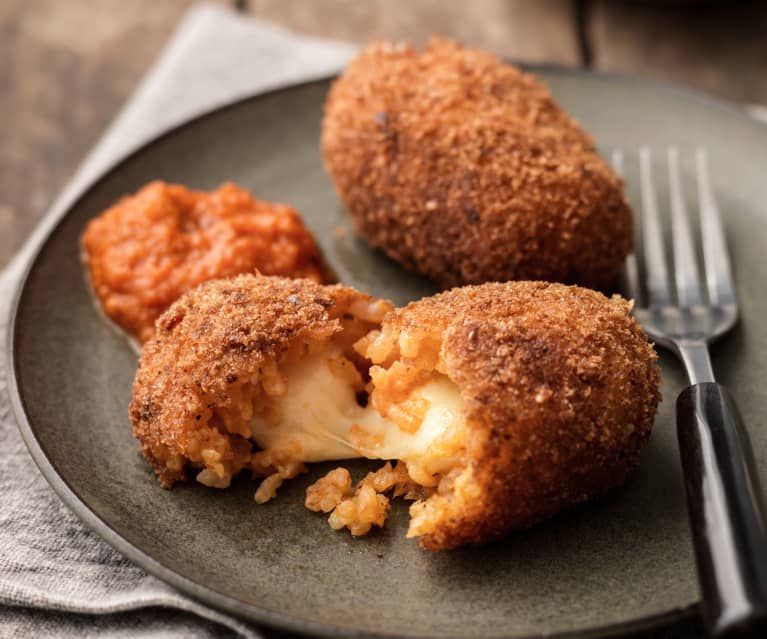
Gnocchi alla Romana (Roman gnocchi)
It’s a flavorful dish that reminds me of Sunday family lunches. Semolina, milk, eggs, butter, and parmesan are used to make it. The preparation is extremely straightforward. Boil the milk first, then combine it with the semolina. Form 4-cm diameter discs from the thick, homogenous dough, set them on a prepared baking pan, and sprinkle with Parmesan cheese. After that, bake them for 15 minutes and serve them while they’re still hot.

Trippa alla Romana
It’s a characteristic Roman dish that’s popular for Saturday lunches in Trastevere and Testaccio trattorias. Because it was not a noble portion of the ox, it was originally exclusively consumed by impoverished workers. But, over time, it conquered a wide range of palates, regardless of social status. The tripe is cut and served with tomato sauce, pecorino cheese, and mint, according to the Roman recipe.

Filetti di baccalà fritti
Filetti di baccalà fritti are a traditional Christmas dish. It is, however, consumed all year and is commonly accessible in Rome’s taverns and restaurants due to its deliciousness. The dough is the key to this delicacy, which is formed from cod filets. To make the dough more uniform and crispy, some cooks add beer or yeast.

Saltimbocca
These veal escalopes are a famous and excellent dish in Rome. Each piece of beef is seasoned with salt and pepper before being topped with half a sage leaf and a slice of ham. Although it is considered one of the icons of Roman cuisine, some believe it originated in Brescia.
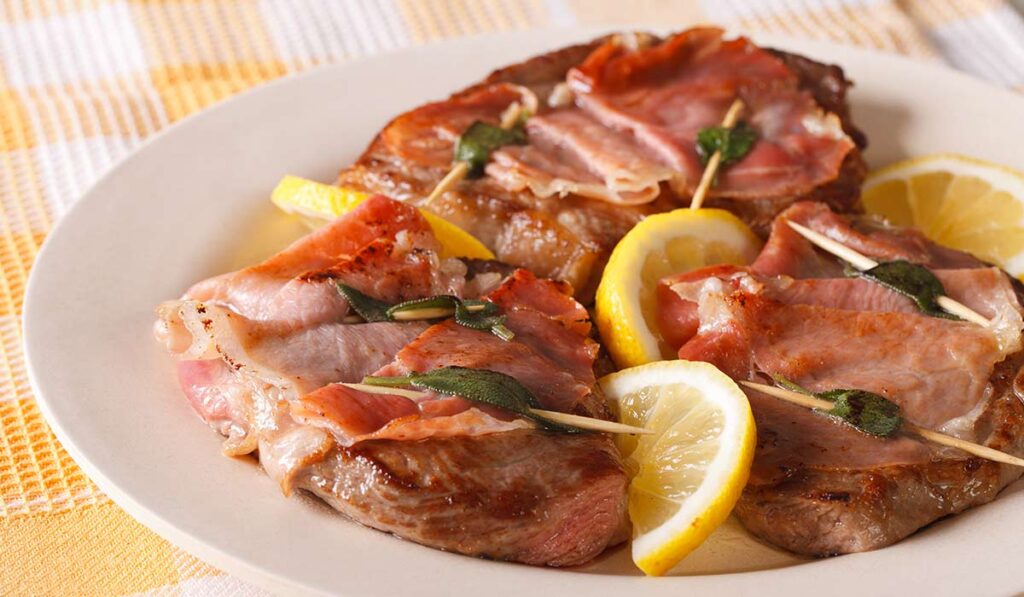
Abbacchio a Scottadito
This is an Easter classic. Grilled lamb ribs are presented still hot and eaten with your hands while holding the bone. But, don’t you risk scorching your fingers if you eat this way? Absolutely! As a result, the word scottadito, which means “burned fingers,” was coined. Because ribs are so wonderful, they normally don’t come with much more than vegetables and lemon.
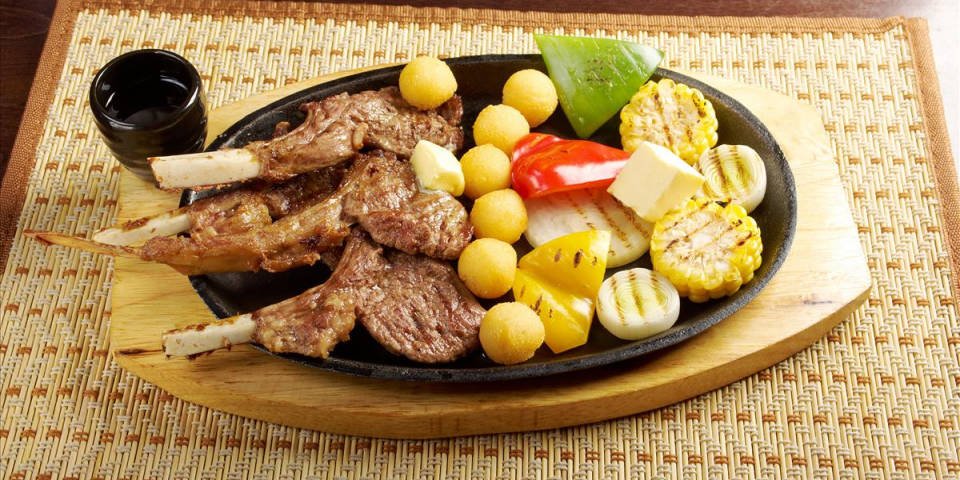
Extra: Apperol !
Although it isn’t a pasta meal or a small snack, no one can deny that it is an emblem of Italian cuisine. The Barbieri brothers invented the drink in 1919, and the name Apéro was inspired by the French word for aperitif. Its recipe is highly kept, but it is undeniably refreshing and has gained worldwide popularity in recent years. Orange, gentian, rhubarb, and quinquina are among the ingredients in the drink.



















